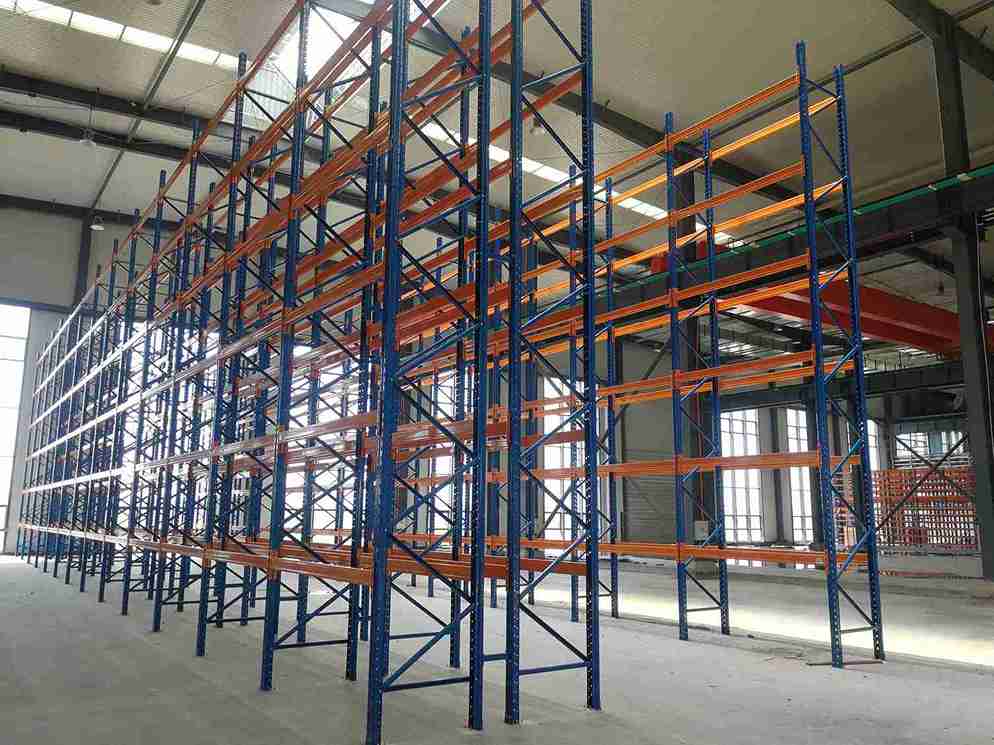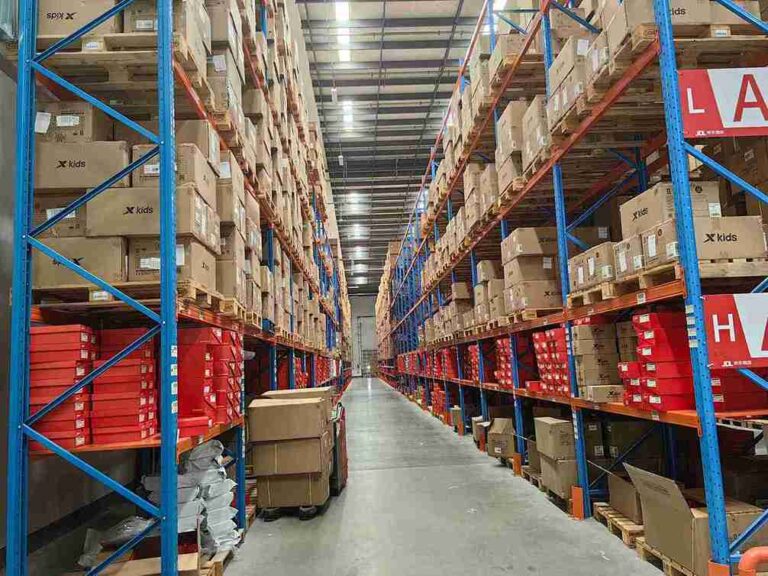📐 "First 50 Enterprise Queries Get Custom 3D Warehouse Design" Plan

Introduction: Why Adjustable Racking Systems Are Revolutionizing Warehousing
In an era where warehouse efficiency directly impacts profitability, adjustable racking systems have emerged as the backbone of smart storage solutions. Unlike traditional fixed shelving, these highly adaptable storage systems allow businesses to customize their storage layout on demand—maximizing space, improving accessibility, and reducing operational costs.
For warehouse managers, logistics coordinators, and supply chain professionals, investing in the right adjustable racking system isn’t just an upgrade—it’s a competitive necessity. This guide dives deep into the mechanics, benefits, and strategic implementation of adjustable racking systems, ensuring businesses can make informed decisions that drive long-term efficiency.

H1: What Makes Adjustable Racking Systems the Ideal Storage Solution?
Adjustable racking systems are engineered to provide unmatched flexibility in storage management. By allowing beam height adjustments, modular configurations, and scalable designs, these systems adapt to changing inventory needs without requiring a complete overhaul.
H2: Core Advantages of Adjustable Racking Systems
Dynamic Storage Customization: Unlike fixed shelving, adjustable racking systems can be reconfigured in minutes to accommodate different pallet sizes, box dimensions, or irregularly shaped items.
Optimized Space Utilization: By adjusting shelf heights, warehouses can store up to 30% more inventory in the same footprint.
Enhanced Accessibility: Selective beam adjustments ensure that workers can quickly retrieve items without unnecessary movement.
Future-Proof Investment: As inventory needs evolve, adjustable racking systems scale effortlessly, eliminating the need for costly replacements.
H2: Industries That Benefit Most from Adjustable Racking Systems
E-Commerce Fulfillment Centers: Fast-moving inventory requires rapid reconfiguration.
Cold Storage Warehouses: Adjustable systems prevent wasted vertical space in temperature-controlled environments.
Manufacturing Facilities: Heavy-duty adjustable racking systems support raw material and finished goods storage.
Retail Distribution Hubs: Seasonal inventory fluctuations demand adaptable storage solutions.
H1: The Different Types of Adjustable Racking Systems – Which One Fits Your Needs?
Not all adjustable racking systems are created equal. The right choice depends on load capacity, accessibility requirements, and warehouse layout. Below are the most widely used configurations.
H2: Selective Pallet Racking – The Gold Standard for Adjustability
As the most common adjustable racking system, selective pallet racks offer direct access to every pallet, making them ideal for high-turnover warehouses.
H3: Key Features
Beam heights can be adjusted in 1-2 inch increments for precise storage customization.
Compatible with forklifts and pallet jacks for seamless loading/unloading.
Load capacities ranging from 1,000 lbs to 10,000 lbs per shelf.
H2: Cantilever Racking – Adjustable Storage for Bulky & Long Items
For warehouses storing pipes, lumber, or furniture, cantilever adjustable racking systems provide unmatched flexibility.
H3: Why Choose Adjustable Cantilever Racking?
Arms can be repositioned or removed to fit varying load lengths.
No front columns for obstruction-free loading.
Ideal for outdoor storage due to rugged construction.
H2: Mobile Racking Systems – The Space-Saving Adjustable Solution
For facilities with limited square footage, mobile adjustable racking systems maximize storage density by moving on tracks.
H3: How Mobile Adjustable Racking Works
Aisle space is eliminated—racks slide horizontally to create access lanes only when needed.
Manual or automated movement options available.
Best for low-turnover, high-volume storage.
H2: Drive-In/Drive-Through Racking – High-Density Adjustable Pallet Storage
When storing large quantities of identical products, drive-in adjustable racking systems allow forklifts to enter the rack structure itself.
H3: Ideal Use Cases
Beverage distribution (pallets of the same SKU).
Cold storage facilities requiring high-density organization.
H1: How to Select the Best Adjustable Racking System for Your Warehouse
Choosing the right adjustable racking system requires a strategic assessment of inventory flow, space constraints, and future growth plans.
H2: Step 1 – Evaluate Your Storage Requirements
What are your average pallet dimensions and weights?
How frequently are items accessed? (FIFO vs. LIFO considerations)
Do you need specialized features like seismic reinforcement or corrosion resistance?
H2: Step 2 – Analyze Your Warehouse Layout
Ceiling height: Taller facilities benefit from adjustable racking systems with higher vertical storage.
Floor load capacity: Ensure flooring can support fully loaded racks.
H2: Step 3 – Plan for Future Scalability
Can the system expand as inventory grows?
Are additional accessories (wire decking, partition walls) available?
H1: Installation & Safety Best Practices for Adjustable Racking Systems
A poorly installed adjustable racking system can lead to catastrophic collapses, worker injuries, and inventory loss. Follow these guidelines for optimal safety.
H2: Proper Installation Techniques
Always anchor racks to the floor—freestanding units are a hazard.
Use professional installers for heavy-duty systems.
H2: Routine Maintenance & Inspections
Monthly visual checks for bent beams or loose bolts.
Annual structural inspections by a certified racking specialist.
H1: The Future of Adjustable Racking Systems – Automation & Sustainability
As warehouses embrace Industry 4.0, adjustable racking systems are evolving with:
Robotic integration (automated storage and retrieval systems).
Eco-friendly materials (recycled steel, energy-efficient mobile systems).
Conclusion: Why Every Warehouse Needs Adjustable Racking Systems
From small businesses to multinational logistics hubs, adjustable racking systems deliver unmatched flexibility, safety, and cost savings. By selecting the right system and maintaining it properly, warehouses can boost efficiency by up to 40% while preparing for future growth.
For a customized racking solution assessment, contact our storage experts today.
FAQs
Can adjustable racking systems be used in automated warehouses?
Yes, many adjustable racking systems integrate seamlessly with AS/RS and robotic retrieval systems.What’s the maximum weight capacity for adjustable racking?
Heavy-duty systems can support over 20,000 lbs per shelf when properly configured.How do I know if my floor can support adjustable racking?
A structural engineer should assess concrete thickness and load-bearing capacity.Are there fire-resistant adjustable racking options?
Some manufacturers offer fire-rated steel racks for high-risk environments.Can I convert my existing static racks into adjustable ones?
In some cases, retrofitting is possible, but consult a specialist first.




